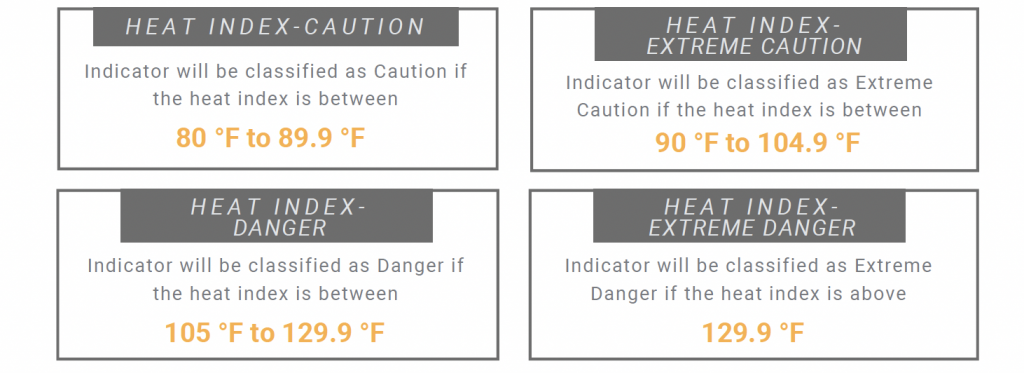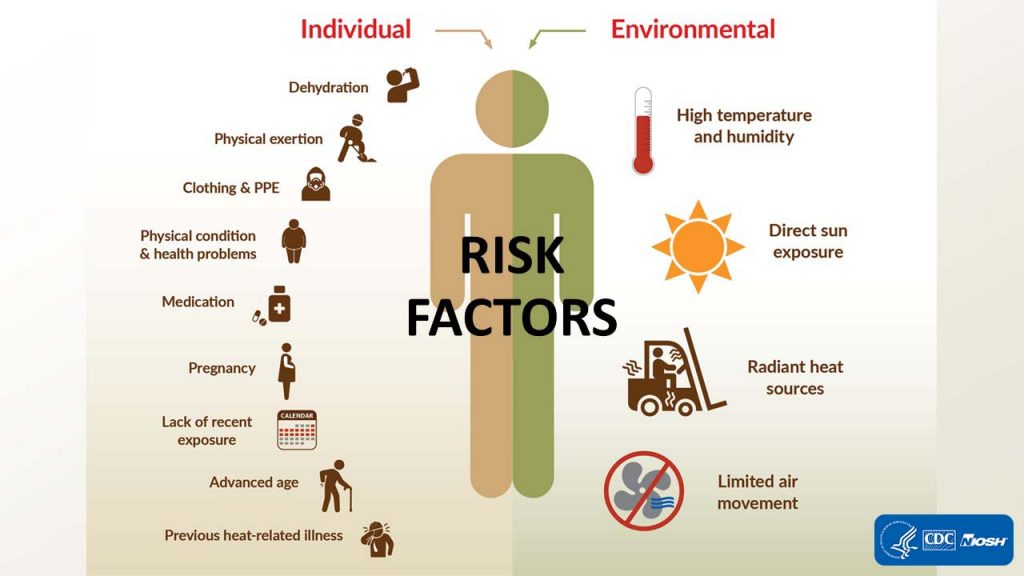Are you prepared for OSHA’s emphasis on heat illness & injury prevention?
July 8, 2022
MākuSafe Wearable Safety Technology Can Help
Heat is the leading cause of death among all weather-related workplace hazards. The U.S. Department of Labor Occupational Safety and Health Administration recently announced enforcement directive CPL 03-00-024 regarding implementing a National Emphasis Program focused on Outdoor and Indoor Heat-Related Hazards. This will impact employers nationwide, and require an appropriate solution to protect workers, outdoors and indoors, from heat hazards amid rising temperatures.
On May 3, 2022 OSHA held a Virtual Stakeholder Meeting on Initiatives to Protect Workers from Heat-Related Hazards. MākuSafe’s Tom West was invited to participate in this Stakeholder Meeting to discuss how wearable technology may be able to support safety managers in protecting their workers from heat-stress. The meeting had a variety of speakers through out the entire day, was recorded and can be found below. This link is cued to three minutes of comments from Tom and MākuSafe.
“While heat illness is largely preventable and commonly underreported, thousands of workers are sickened each year by workplace heat exposure, and in some cases, heat exposure can be fatal,” said Acting Assistant Secretary of Labor for Occupational Safety and Health Jim Frederick.
How can MākuSafe technology help?
Organizations can’t lose hours of productivity when heat indexes climb. Safety leaders need a way to monitor indoor and outdoor workers in real-time, and know when conditions are changing. MākuSafe’s technology can calculate real time heat index for each individual worker, not just across a job site. MākuSafe monitors both the ambient temperature and humidity, and generates notifications for each individual as changes happen. We rely on the same National Weather Service classifications that OSHA utilizes. Some leaders, in construction for example, may have a weather app that alerts them, but this only applies to outdoor conditions and is not unique to the individual worker. MākuSafe may help ensure compliance, especially during summer months.

NIOSH recommends that there are several factors that need to be considered for effective heat stress prevention measures as reflected in the below infographic. The MākuSafe sensor laden wearable device can be a cost-effective, game changing tool to keep workers safe and help organizations strengthen their prevention efforts.

Another major factor to consider is acclimatization. Workers who are off the job site and then return need to be reacclimatized. It’s these workers who are often at highest risk for serious illness.
If you are concerned about effectively protecting your workers from heat-illness, let’s talk about how wearable technology can play a role in a proactive strategy for your organization.





